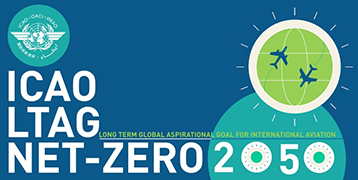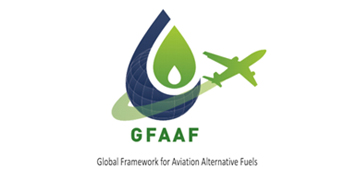Estimating Soil Carbon Sequestration of Jatropha for Sustainable Aviation Fuel Pathway
Water Air Soil Pollution
• Volume 235
(2023)
FEATURED BOOK
The sustainable aviation fuel (SAF) raw material planting process will inevitably cause carbon emissions from induced land use change (ILUC). However, limited by the regional specificity of energy plants, the ILUC emissions value of SAF is less considerable in the case of soil carbon sequestration during the raw material planting process. Therefore, this study used the CENTURY model to predict the carbon sequestration of soil in Jatropha plantations and compared it with the preparation of aviation fuel from soybean oil. The results showed that, when considering ILUC combined with the carbon sequestration effect of the raw material planting land, life-cycle greenhouse gas emissions of the two methods for producing Jatropha oil–based aviation kerosene (pathway 1: oil residue used for fertilizer or power generation; pathway 2: oil residue detoxified and used for animal feed) were −36.1 g CO2e/MJ and −59.4 g CO2e/MJ, respectively. The life-cycle greenhouse gas emissions of soybean oil–based aviation kerosene under the condition of straw returning and without straw returning are 2.9 g CO2e/MJ and 66.1 g CO2e/MJ, respectively. Compared with petroleum aviation fuel, the emission reduction potential of Jatropha oil-based aviation kerosene increased from 84.38% and 110.56% to 140.6% and 166.7%, respectively, based on the original core life cycle assessment (cLCA)+ILUC, considering soil carbon sequestration. The emission reduction potential of soybean-based aviation kerosene increased from 42.81 to 96.7% (with straw returned to the field) and 25.7% (without straw returned to the field). The results show that Jatropha oil–based aviation kerosene has great potential in terms of negative carbon emissions when considering the carbon sequestration effect of soil in the energy plant planting area. In the future, large-scale planting on marginal land with a climate suitable for Jatropha growth will help the civil aviation industry reduce carbon emissions and achieve carbon neutrality.
2 total downloads



 Back
Back



